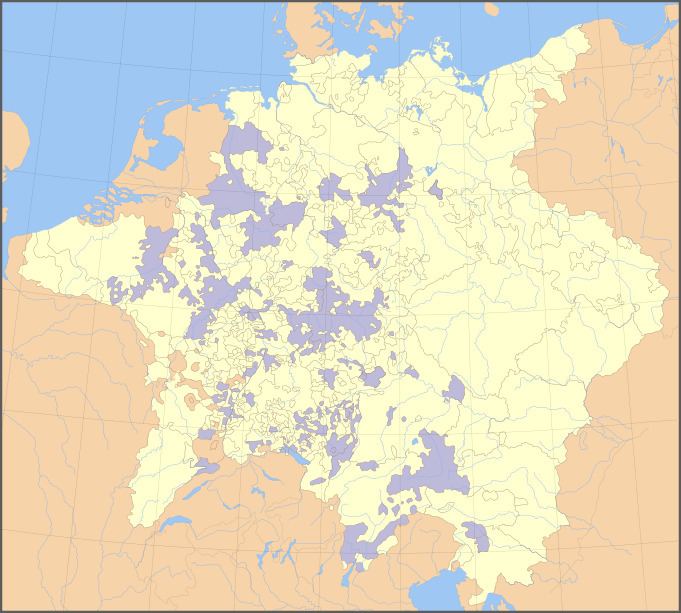Capital Obermünster Destroyed by fire 1002 1315 | Founded early 9th century Gained Papal protection 1219 | |
 | ||
The Obermünster, or Obermünster Abbey, Regensburg, was a collegiate house of canonesses (Frauenstift) in Regensburg, Bavaria, second only to Niedermünster in wealth and power.
History
The Obermünster ("higher monastery", named in relation to the older Niedermünster, or "lower monastery"), dedicated to the Assumption of the Virgin Mary, was founded in the early 9th century by the ruling house of the Carolingians as a Benedictine nunnery to complement the adjacent St. Emmeram's Abbey. It passed almost immediately into the possession of the bishops of Regensburg, at that date also abbots of St. Emmeram's, but King Louis the German recovered it by exchanging Mondsee Abbey for it in 833. His widow, Hemma, became abbess of Obermünster, although she was buried in St. Emmeram's. In the early 10th century it was a private monastery of the family of the Dukes of Bavaria. The nunnery and its church were destroyed by fire in 1002, and was rebuilt and revitalised by Emperor Henry II, who is traditionally considered its founder, and who made it an Imperial abbey — judicially independent, but in this case without territorial sovereignty.
In 1219 it was put under Papal protection and in 1315 Emperor Louis the Bavarian elevated the abbesses to the Reichsfürstentum, or Imperial principality, after which they were known as Princess-abbesses ("Fürstäbtissinnen").
Repeated attempts to reform the rule of life and to return the house to its original Benedictine practice failed and in 1484 Obermünster formally became a collegiate house for noblewomen (adlige Frauenstift), which is what it had in any case been in practice for many years.
During the 17th and 18th centuries the buildings and church were refurbished in the Baroque style.
It was dissolved in 1810 during the secularisation of Bavaria. The last canonesses remained there in retirement until 1822, after which it became a seminary. In 1862 the episcopal boys' seminary was also established there.
In 1944 bombs destroyed the church and part of the claustral buildings. After the war the central episcopal archive, the library, part of the diocesan museum and other diocesan service functions were accommodated in the buildings that remained.
